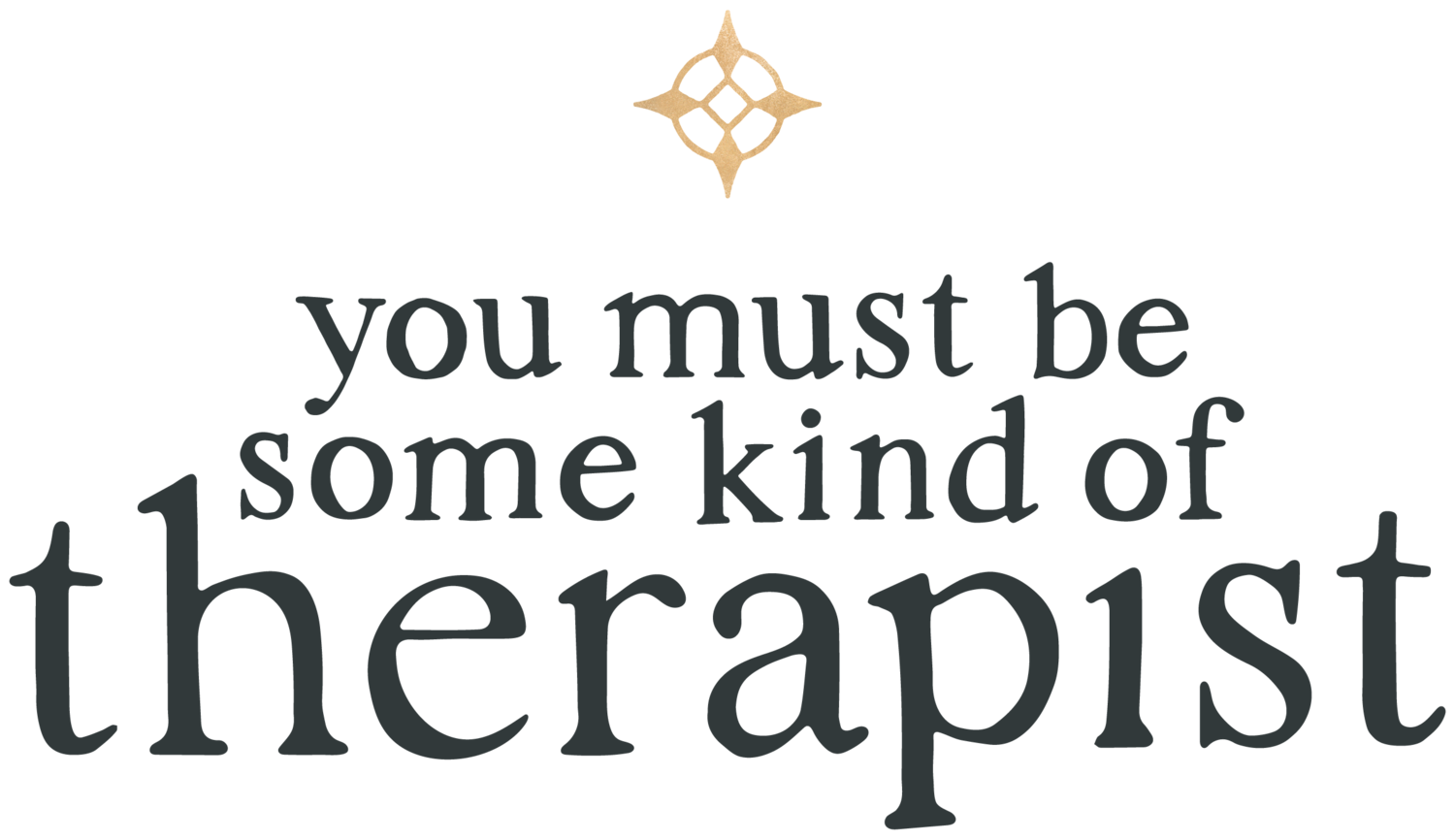A Therapist's Treatise on Social Issues, Part 2: Worldview, Politics, and Approach to Diversity
Continued from part 1.
Therapists are required to refrain from discrimination on the basis of sex, race, ethnicity, religion, socioeconomic status, sexual orientation, and all other protected classes. I aim to bring a respectful, broad-minded curiosity to clients of all walks of life.
My own background is quite diverse: I grew up in an African-American and Latino community; had many gay and bisexual friends growing up; was raised Unitarian Universalist; and engaged in Hindu, Buddhist, and Pagan spiritual practices as a young adult. I also engaged in activism at an early age.
We live in times when it is impossible to separate politics and worldview from the counseling process. Many people coming to counseling want to know that their therapists share their values, understand their worldviews, and respect what is most important to them. Toward that end, I offer transparency about my political leanings.
I have always considered myself liberal, and was radical in my youth, as far left of center as one can be. At this time, I consider myself a “classic liberal” and relate to the term “politically homeless.” I believe in freedom of speech, and equality of opportunity, two values that the left has strayed from in my estimation. I do not believe that equality of opportunity should require equality of outcomes. I value free and fair debate, and object to current trends that aim to censor expression.
A core feature of my work as a therapist is helping people improve their communication skills. These are important not only for our personal relationships, but also for our participation in public discourse. I would like to support my clients communicating about their beliefs and values more effectively with their families, colleagues, and broader communities. For example, it can be tremendously helpful to learn to manage emotional reactivity, avoid jumping to conclusions, bring a curious and cooperative spirit, seek common ground, listen for core values, give the benefit of the doubt, and reflect what we hear another person saying in a charitable light.
Another core feature of my work as a therapist is to help my clients recognize how their thought processes may be influenced by past experiences; social pressures, biases, and implicit and explicit messages received from family and culture; and common cognitive distortions all humans are vulnerable to. Thoughts, feelings, and actions all influence one another, so it can be helpful to examine any part of this triad. I help my clients learn to think in ways that better support how they want to feel and act. This is pragmatic, and essential to living a healthy and meaningful life, whatever one’s aims might be. I am concerned that many current cultural trends push in a direction that makes mental health outcomes worse, not better. The mental filters through which we view the world around us are powerfully impactful.
I am skeptical of lenses that feed into our innate human vulnerabilities toward all kinds of destructive unpleasantness: paranoia, mistrust, hostility, contempt, disgust, all-or-nothing thinking, the victim-perpetrator-rescuer triad (“Drama Triangle”), righteous indignation, desire for vengeance, powerlessness, discontent, insatiability, wrath, and judgment, to name a few. In my spiritual worldview, these states of consciousness lead us into hellish realms. In contrast, we can work toward creating heaven on earth by cultivating patterns of thoughts, feelings, and actions that facilitate peace, understanding, compassion, equanimity, joy, levity, beauty, love, forgiveness, redemption, creativity, awe, wonder, gratitude, grace, clarity, strength, playfulness, affection, generosity, dignity, liberty, humility, and serenity.
One of my topmost concerns at this time in history is that we run the risk of mistaking the former for the latter; that, as the saying goes, “the road to hell is paved with good intentions.” In other words, our desire to promote such noble values as justice and freedom — and to be seen as good people in the eyes of ourselves, others, and our higher powers — we are sometimes fooled and led astray.
If evil does exist, it does not care about our morals, and has no problem using them against us. The metaphorical devil that leads the lost soul into temptation has no qualms with dangling before us the promise of that which we desire most — including the desire to be good, perhaps even saintly — if it can be utilized to lead us astray. People do unjust things in the name of justice, discriminate in the name of non-discrimination, divide in the name of unity, harm in the name of healing, attack the innocent in an attempt to protect wolves in sheep’s clothing. History is full of examples, and I remain unconvinced that we can truly call such mistakes matters of the past. We have more in common with our most embarrassingly foolhardy ancestors than is comfortable to believe. We remain plagued by our own hubris, and may come to see our current approaches much differently with the wisdom of time and the humbling of age.
Therefore, my approach to matters of worldview is circumspect, taking into consideration both intention and impact, logic and emotion, beliefs and behaviors, consciously held values and unconscious motives. Truth can be sometimes uncomfortable and counterintuitive; untruth, especially when attractively packaged, can feel intuitively correct. We are highly susceptible to evidence that confirms our existing beliefs. When presented with evidence to the contrary, we are likely to dismiss, equivocate, rationalize, or otherwise adapt it to support our current narratives.
The philosophical framework I have laid out heretofore may help readers understand my approach to the topics that follow.


